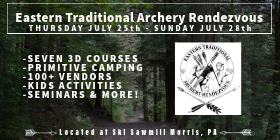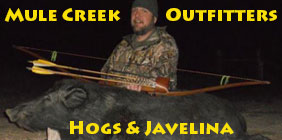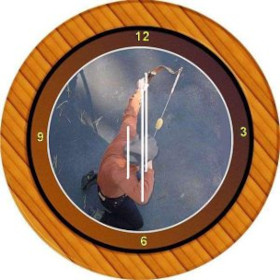Here's a super read on much of what is discussed here...
The Whitetail Depression
Deer hunters have never had it so good. But a number of leading indicators suggest whitetail numbers are heading toward a game-changing decline. Is it a correction? Or a crash?
Article by Andrew McKean
http://www.outdoorlife.com/articles/hunting/2011/08/whitetail-recession Dr. Grant Woods likes to assess the health of Deer Country from three different altitudes: what he calls the “satellite view,” a broad look at macroscopic trends across entire regions; the “helicopter view” that can evaluate conditions on a specific property; and the view from the ground—his “shoelace view”—where he can count animals and inventory forage.
Woods is a consulting wildlife biologist whose land-management work takes him around the nation. And any way he looks at it, from almost any region or perspective, he says America’s deer herd is in trouble.
“I think we’re nearing a crisis mode,” says Dr. Woods, who isn’t given to hyperbole either by profession or personality. “The best-case scenario is that deer populations drop 10 to 25 percent over the next couple years.”
He’s not alone. The director of a Southeastern state game-and-fish agency, who didn’t want us to use his name, notes that biologists in his state are seeing what he calls “pockets of poverty,” whole townships with few deer. A couple of counties away, though, whitetails are above long-term populations.
“I can’t draw conclusions about what’s driving either declines or increases,” he says. “But I’ve personally been telling hunters for 20 years that you can’t kill enough does. Now I’m starting to say maybe it’s time to put on the brakes.”
That downbeat assessment seems inconsistent with a generation of euphoric news about America’s favorite game animal—after all, we’re used to repeating the mantra that the nation’s greatest conservation accomplishment was the restoration of whitetails from the brink of extinction to a current population of more than 20 million. Managed hunting has increased deer populations, expanded hunting opportunity and given rise to an American original: the hunter/conservationist who pays for the opportunity to manage a public resource and who cherishes the very quarry he intends to kill.
But Woods claims a troubling combination of habitat loss, escalating numbers of predators, underfunded wildlife agencies and even hunters’ behavior and expectations are stressing America’s deer herd. And instead of gently declining to a sustainable level, Woods and others are suggesting whitetail populations are poised to experience a steep drop, somewhere between a significant correction and a catastrophic crash.
Before you go out and sell your ground blind and grunt tube, understand that deer are not in decline everywhere, and where they are hurting, some of the maladies are reversible.
But if the slide is as widespread and as steep as Woods predicts, then we could be headed toward a crisis that has the potential to reshape the culture and economy of conservation in America.
“If whitetail populations are off more than 10 percent for a couple of years, then I expect up to 50 percent of our hunters will stop hunting,” predicts Woods.
“Sometime over the last generation, hunters became fickle. They’ll participate when opportunity is good, but give them a couple of poor years (of hunting) and they’ll stop buying licenses and gear. They’ll take up golfing instead.” “Sometime over the last generation, hunters became fickle. They’ll participate when opportunity is good, but give them a couple of poor years (of hunting) and they’ll stop buying licenses and gear. They’ll take up golfing instead.”
That sort of talk sends shivers through the hunting community. Whitetails drive the industry, not only in terms of numbers of participants (more than 11 million), but also with the hunting licenses that fund state wildlife agencies (nearly $600 million annually) and the gear we buy ($12.4 billion).
“The whitetail deer is the backbone of the hunting industry in America,” says John L. Morris, founder and owner of Bass Pro Shops. “And not just in the fall, prior to hunting season. In the last decade we’ve seen deer hunters become year-round customers as they develop land and intensively manage their property.”
End of Part I














